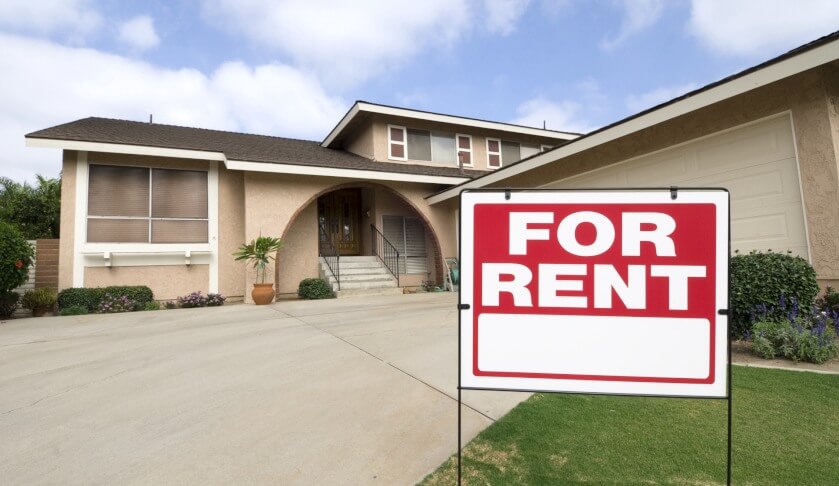Build to rent could surpass strata properties
According to recent research, the interest of building to rent, assuming the current property climate continues, could allow for investors to have an alternative investment method in the future.

The research, by professional services and investment management firm JLL, explores the potential of build-to-rent, or multi-unit residential dwellings built for the sole purpose of being rented out by a landlord, and reveals that despite numerous challenges, both supply and demand could pave way for the building to rent sector.
Leigh Warner, JLL’s head of residential research in Australia, said on the one hand, there is strong growth forecast in the number of 25 to 35-year-olds and empty nesters – tenants that suit in built-to-rent property.
“This growth, coupled with clear trends toward higher proportions of the population renting and living in apartments, creates a very favourable demand backdrop for build-to-rent to succeed,” Mr Warner said.
“In our view, some of the potential benefits of stock specifically designed and operated with renters in mind will also help drive demand once consumers are educated on what these benefits are.”
On the other hand, built-to-rent properties also support what Mr Warner describes as a “strong ‘pull’ factor in the sector,” fulfilling a “very strong latent investor appetite”.
“The stability and counter-cyclical performance of the sector [has] been demonstrated by the performance of the rented sector through the Global Financial Crisis,” he said.
“Australian investors are also getting familiarised through investing in the sector in other countries and, with returns in other core real estate sectors now seemingly ‘lower for longer’, the relative returns of build-to-rent in Australia are now more closely aligned with these sectors.”
However, Dr David Rees, director of research strategy for Asia-Pacific at JLL, said if the current economic climate maintains its course of low inflation, low interest rate, the build-to-rent model would be “less rewarding to investors”.
“The sector also lacks the flexibility to respond to the growing diversity of tenant demand as the profile of renting households changes,” Dr Rees said.
“Evidence from offshore markets illustrates how build-to-rent landlords are able to offer a wider range of services such as recreation services and security of tenure, including flexibility in longer-term leases and professional management of properties.”
Mr Warner added that, at least in theory, build-to-rent offers more on income return and less on capital growth in comparison to a strata model, “so the sector’s rise in itself should assist in allowing yields to rise slowly over the longer-term”.
The report also stated that build-to-rent could potentially have a large growth profile that could grow rapidly.
“Internationally, analysis of the US, Japan and the UK shows that build-to-rent residential has broadly delivered comparable returns to other sectors over the past decade, particularly on a risk-adjusted basis,” Dr Rees said.

